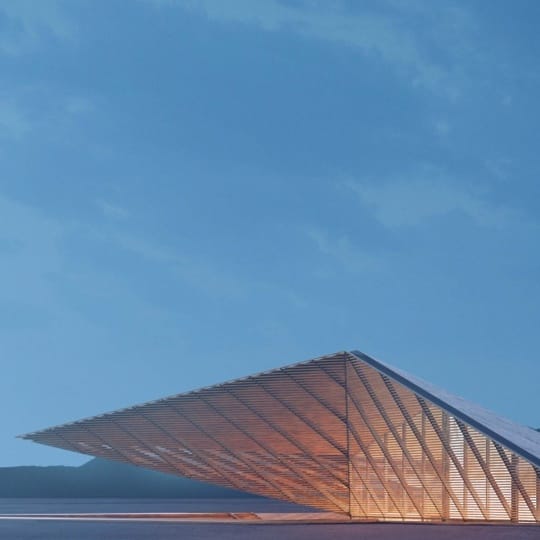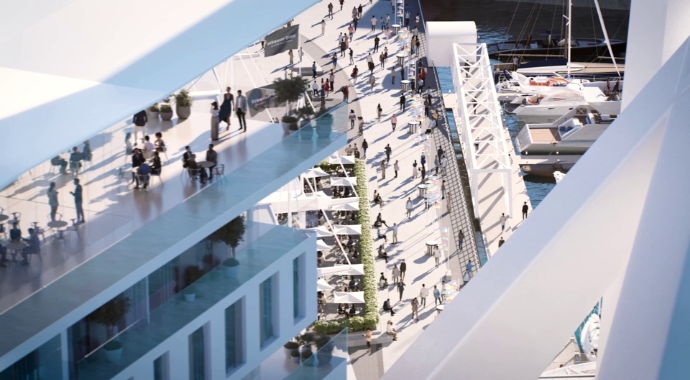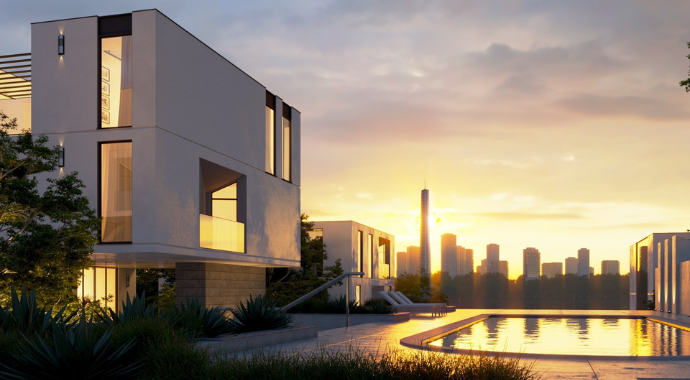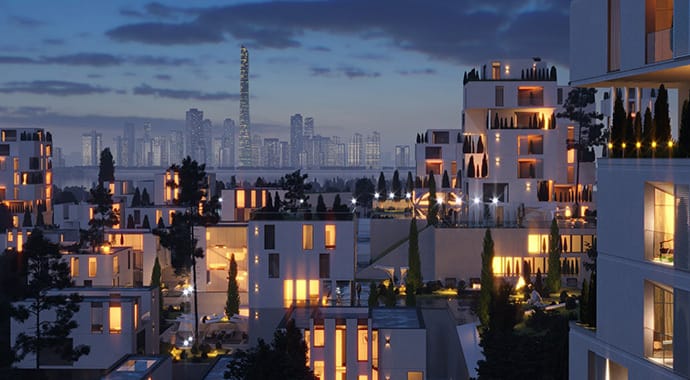Arch-viz blogger and artist Alex Hogrefe on why V-Ray for SketchUp is a breakthrough for his work and how it can transform the way you visualize designs.
Through “Visualizing Architecture,” Alex Hogrefe has made a name for himself as an arch-viz expert. His blog includes his musings on the world of arch-viz, accessible tutorials and his own playful and experimental renders. Since 2010, Alex has also published a series of books entitled “VA Portfolio,” which catalog the work displayed on his blog — and more — while demonstrating his skills as a designer and editor.
That’s not all Alex does. By day, he creates evocative renders and immersive experiences for arch-viz company Design Distill, including projects in the fields of architecture, urban design and landscapes.
There can be few people who know more about arch-viz and V-Ray for SketchUp (which he uses in combination with Photoshop to create his images), so we invited Alex to share his thoughts, tips and advice. He reveals why V-Ray for SketchUp is a breakthrough for arch-viz studios and how it can transform the way you visualize designs.
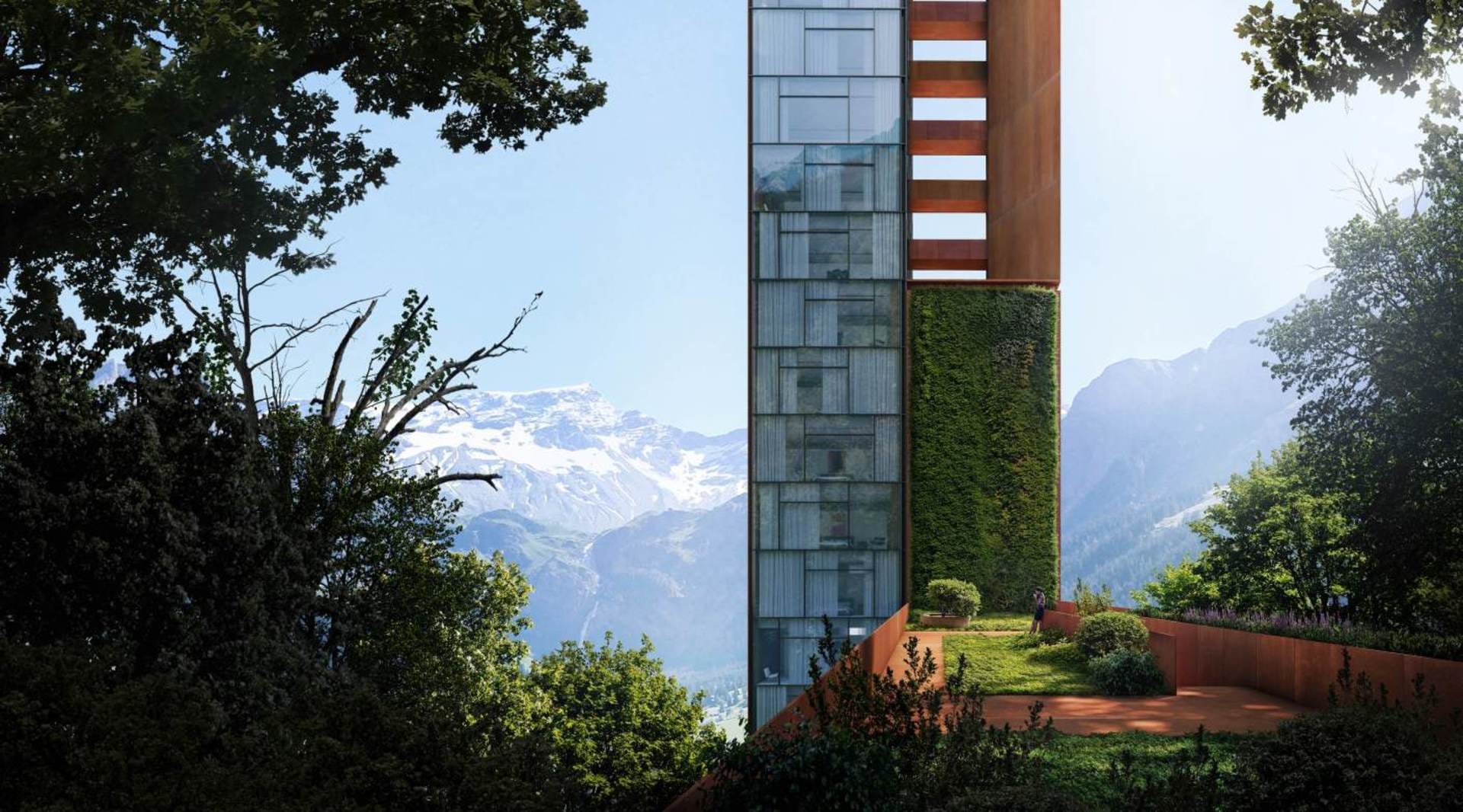
Could you tell us about how you got into architecture and architectural visualization?
Growing up, art and construction had always been a strong interest of mine, so studying architecture in college was a natural path. After earning a Bachelor of Science in Architecture at Bowling Green State University, I went on to earn a Masters in Architecture at Miami University in Oxford, Ohio. My wife and I then made the big move to Boston to work for a well-known architect in the city.
After several years at that office, I started to get a sense that I wanted to switch things up. It was at that same time that Andrew Hartness approached me about working with him at his visualization studio. I always loved creating images, but I honestly never thought of it as a career option in school — I had always treated it as a hobby. It wasn’t until I started practicing arch-viz full time that I realized how much of a passion I had for it.
Shortly after Andrew and I teamed up, we created our current arch-viz company, Design Distill. We are currently eight people big, and the office has a really cool dynamic. Each person brings a level of artistry and technical ability that allows us to do some interesting and exciting things for our clients.
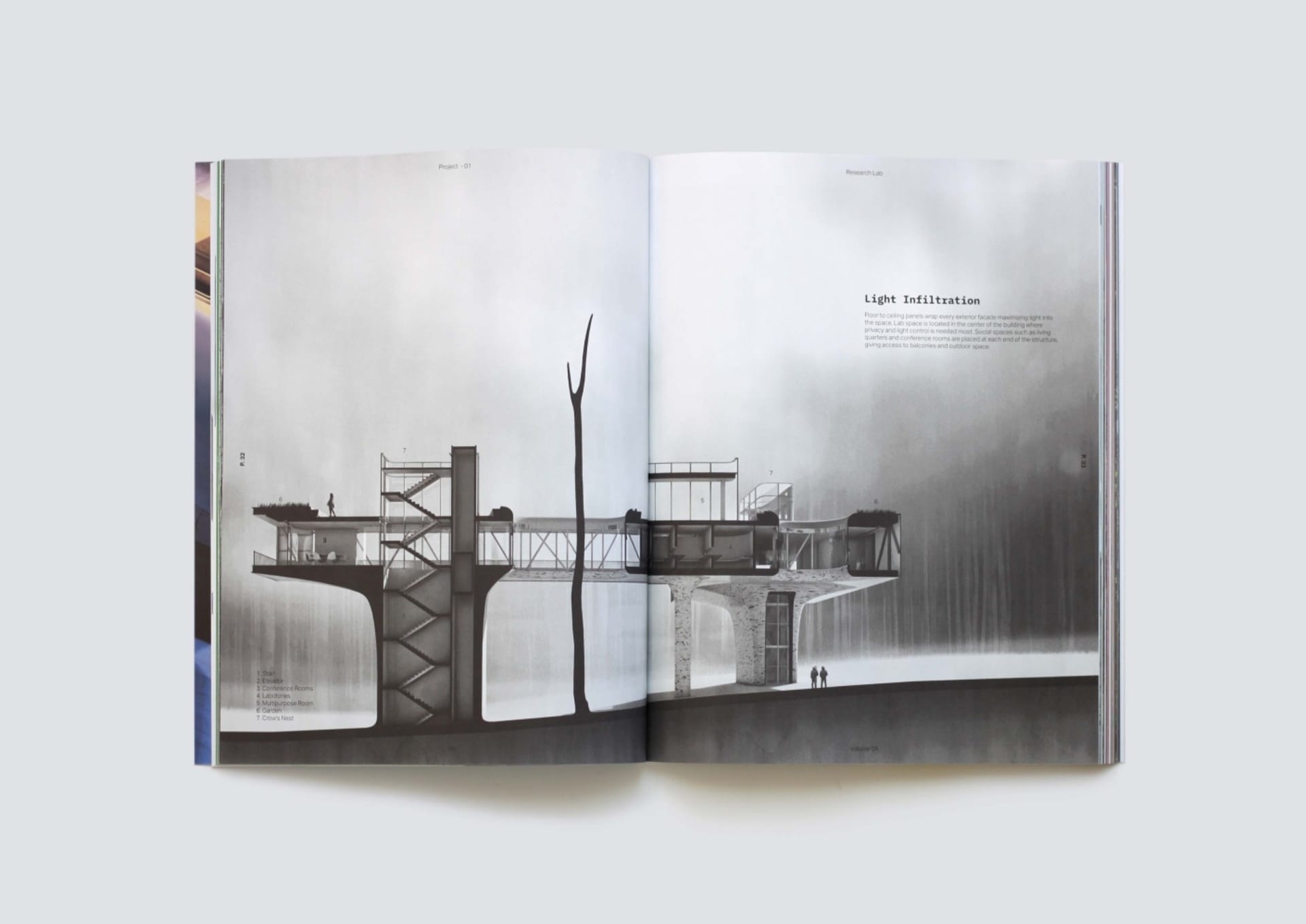
Could you tell us about your "Visualizing Architecture Portfolio" series of books?
The books are a way for me to combine the work of my website along with some new work not on the site into one, tangible place. As much as I enjoy illustrating buildings, I am also very interested in graphic design and the process of creating books. The books essentially take the imaginary architecture projects that I illustrate on my website, Visualizing Architecture, and organizes them into a narrative using a multitude of graphical approaches. There is a lot of experimenting with different graphic styles as well as an exploration of color palettes from one spread to the next.
The portfolio books also give me a chance to think through the architectural designs a little further, create new images where there are gaps in the narrative and talk about my work in a way that I don’t really do on my website.
I just released Visualizing Architecture Portfolio Volume 05, which ended up taking me much longer than expected to complete, but it’s something I am really proud of and the best expression of where I am at creatively with visualizing architecture.
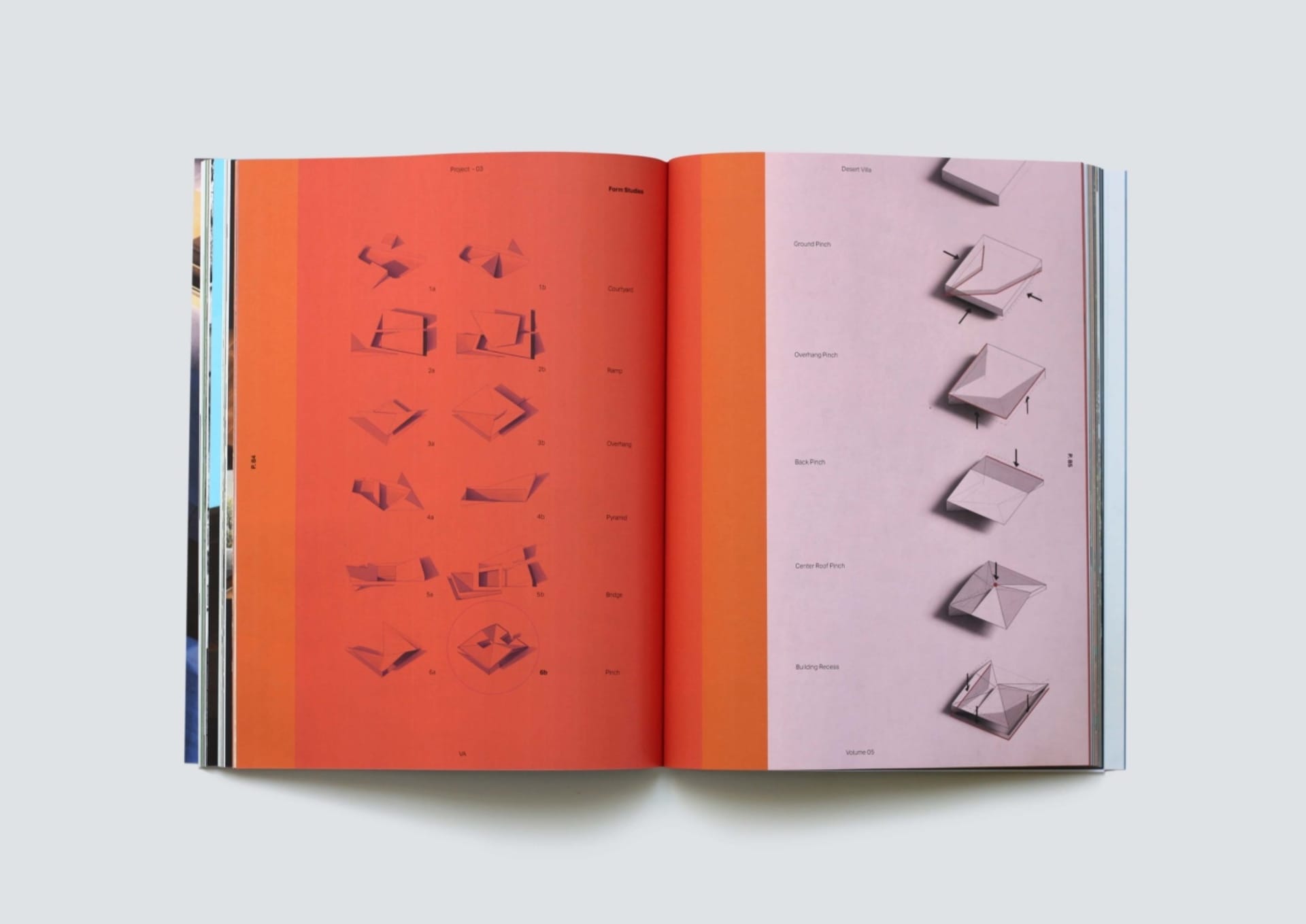
Who are some of your favorite arch-viz artists, and why?
This is a tough question because I am generally interested in many types of styles and artists. I enjoy Mir’s work because of how well they control the light and narrative of their images. I like Victor Bonafonte of Beauty and the Bit for how well he juxtaposes shadow and light in his images and creates such amazing contrast. I’m interested in how studios such as Doug and Wolf, and Luxigon insert just a bit of abstraction and unique color palettes into their images to generate intense energy in their work.
On the opposite end of the spectrum, I have always been interested in the hand-drawn work by greats like Frank Costantino; the imagination and tectonics in Lebbeus Woods illustrations; and the texture and complexity seen in drawings by Perry Kulper. They are all very different styles, but each pulls me in as much as the other. That is why a lot of work on my website graphically ranges so much. It keeps things interesting and fun for me.
There is a low technical barrier to entry for artists, leaving more time for experimentation and creative exploration.
Alex Hogrefe, Design Distill and Visualizing Architecture
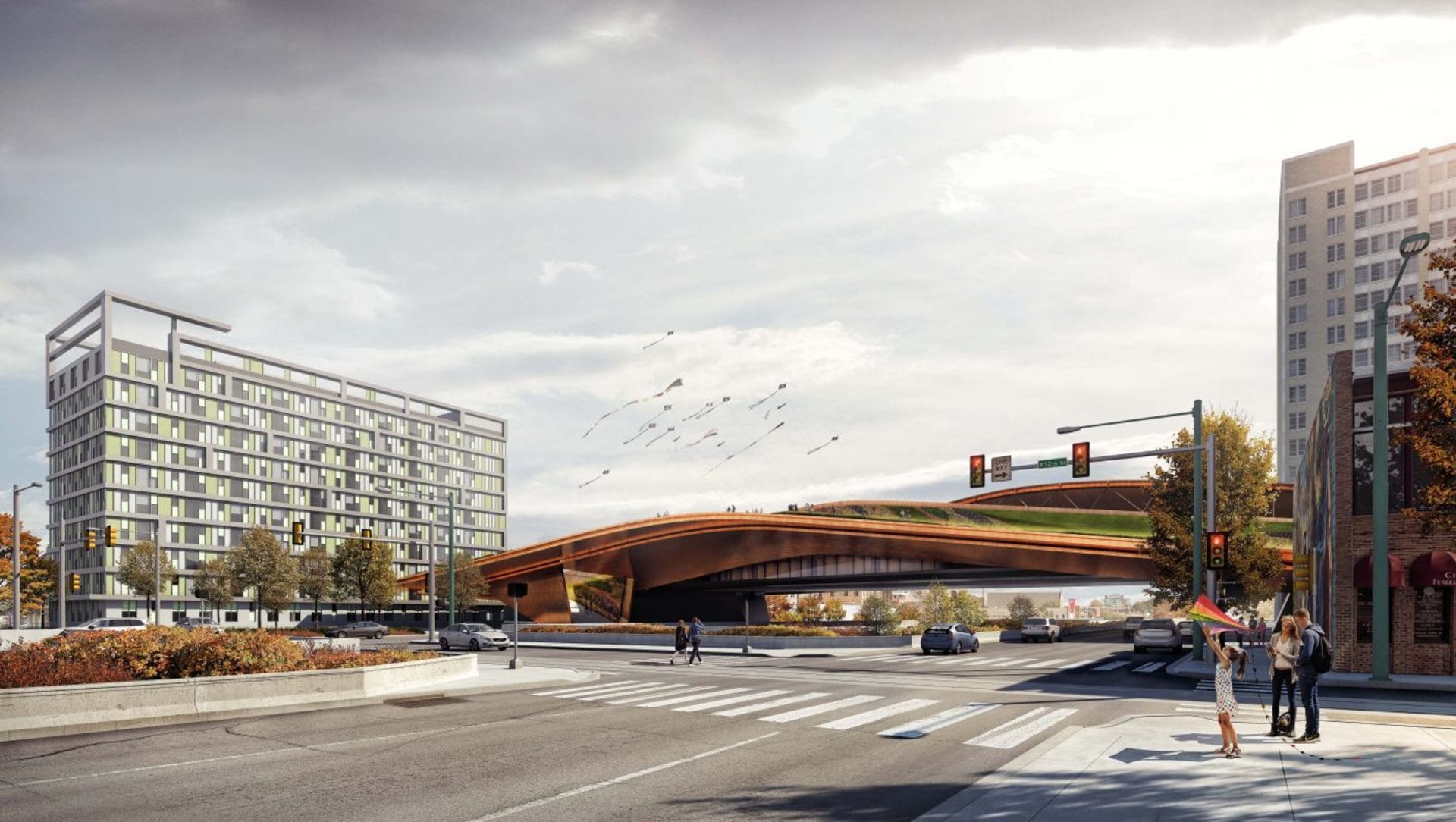
How has technology changed since you started in arch-viz?
For me, the biggest change has been the simplification of the software and the amount of render options artists now have. Not that long ago, VR was not even a possibility for most people. Now, it is built into many render engines. Animations used to require an army of computers; now they can render overnight on a single machine. Software works right out of the box without needing to tweak a large number of settings. It means there is a low technical barrier to entry for artists, leaving more time for experimentation and creative exploration.
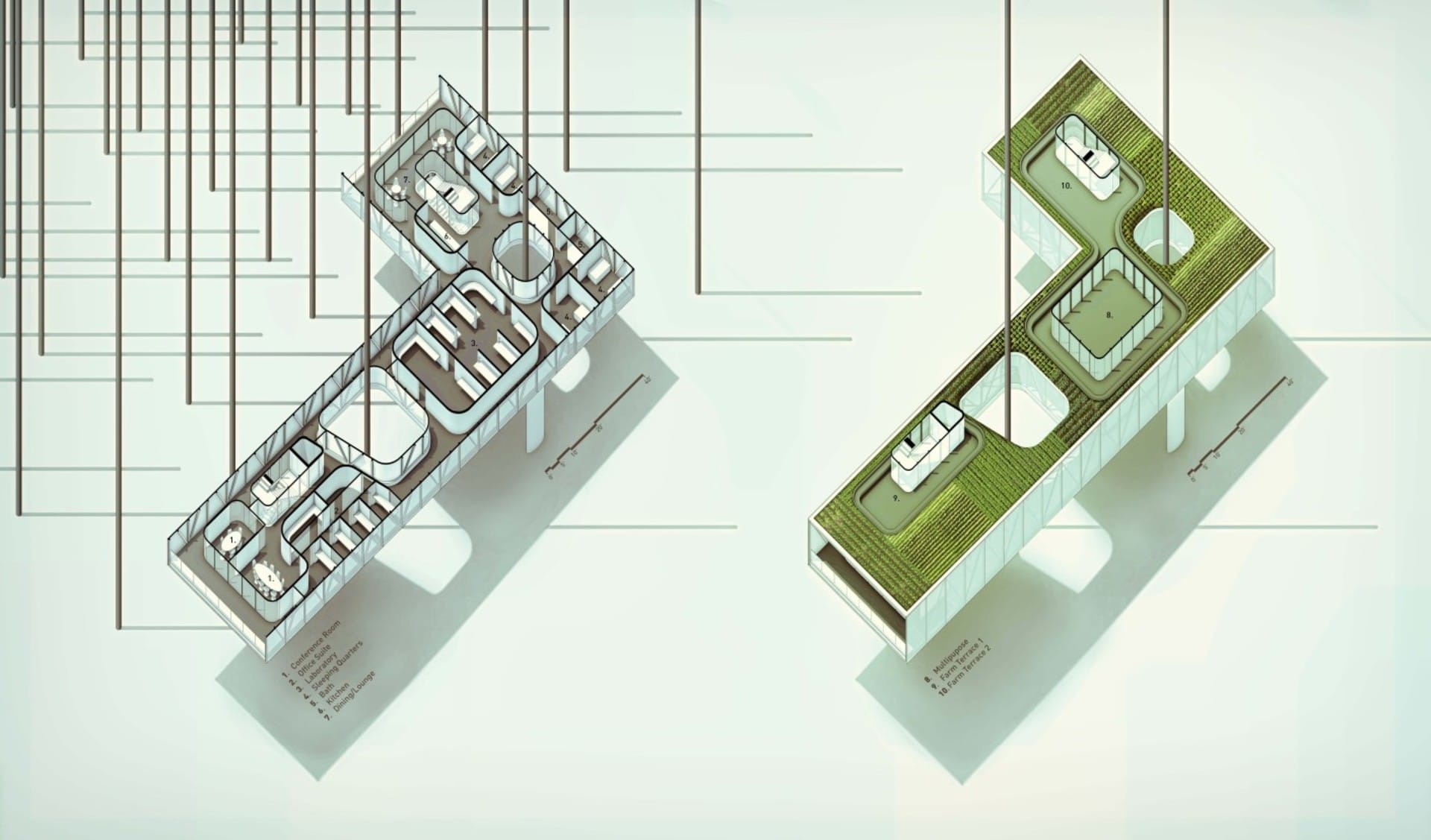
Your approach to presenting arch-viz imagery seems fairly holistic and doesn’t lean too heavily on particular software or mediums. How do you choose the right tools for a project?
I have always approached arch-viz from a mindset of simplicity and balance. I don’t want the pendulum to swing too much in the 3D or 2D direction, though I do tend to lean more on the Photoshop side. The software I like to use — SketchUp, V-Ray and Photoshop — help me maintain that simplistic mindset while providing lots of capabilities and features when needed.
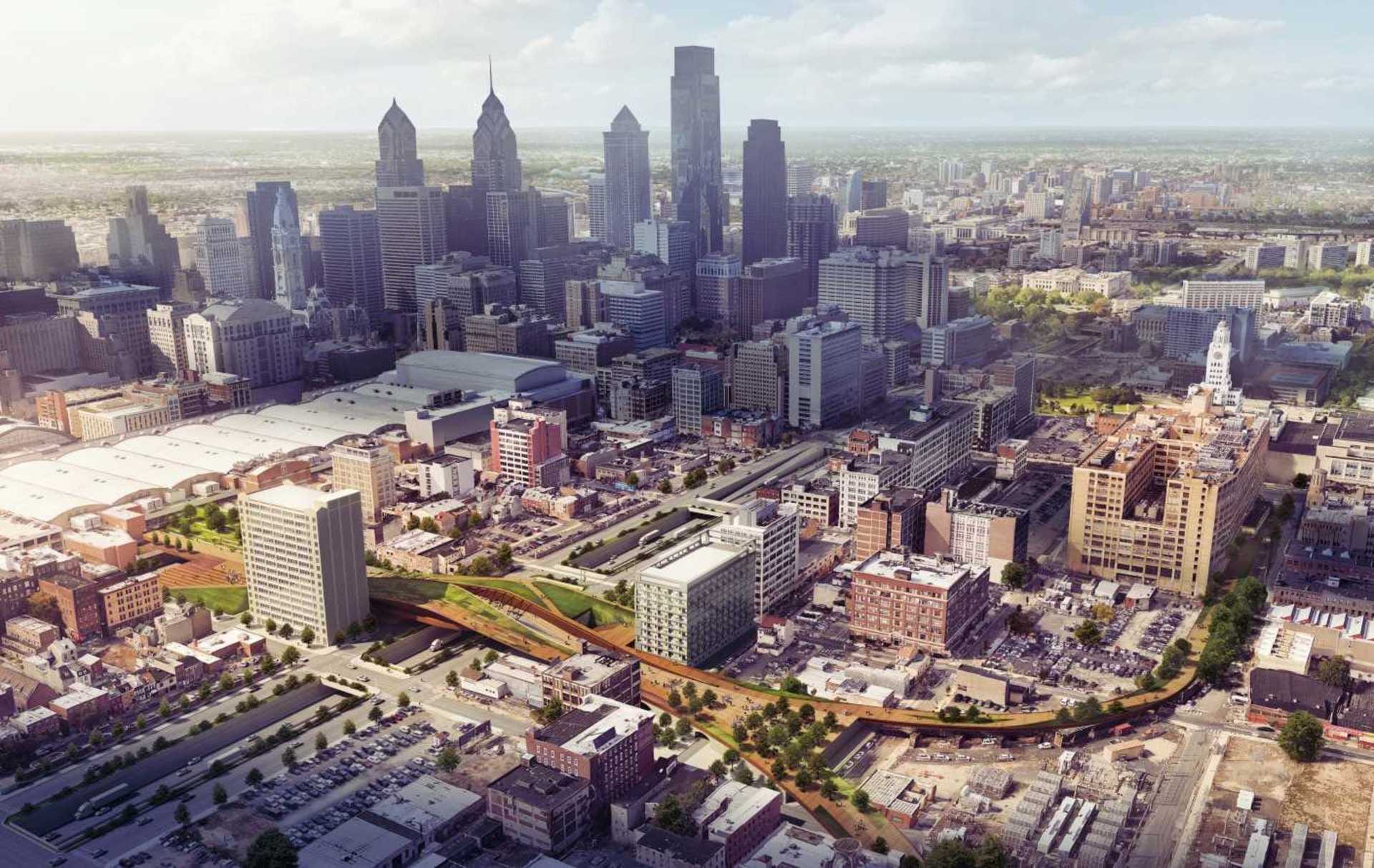
Could you talk us through your SketchUp and Photoshop workflow?
Generally speaking, I tend to spend more of my time in Photoshop than I do in 3D. Photoshop is how I like to build in the human qualities of an image such as imperfection and story. With that said, I have started to spend more time in 3D trying to generate some of the image’s “imperfections” via more honed-in textures and modeling details. But for work on my website, I am really limited on time so I cannot spend a large chunk of it on a few textures or modeling details.
I’m looking for a balanced approach between 3D and 2D. They both have their advantages and provide flexibility in different ways. 3D manages complexity really well and can let illustrations obtain a certain high-resolution quality. Photoshop, on the other hand, can fill in large swaths of information that could take forever to model. Photoshop also allows me to quickly switch styles and give images a unique personality.
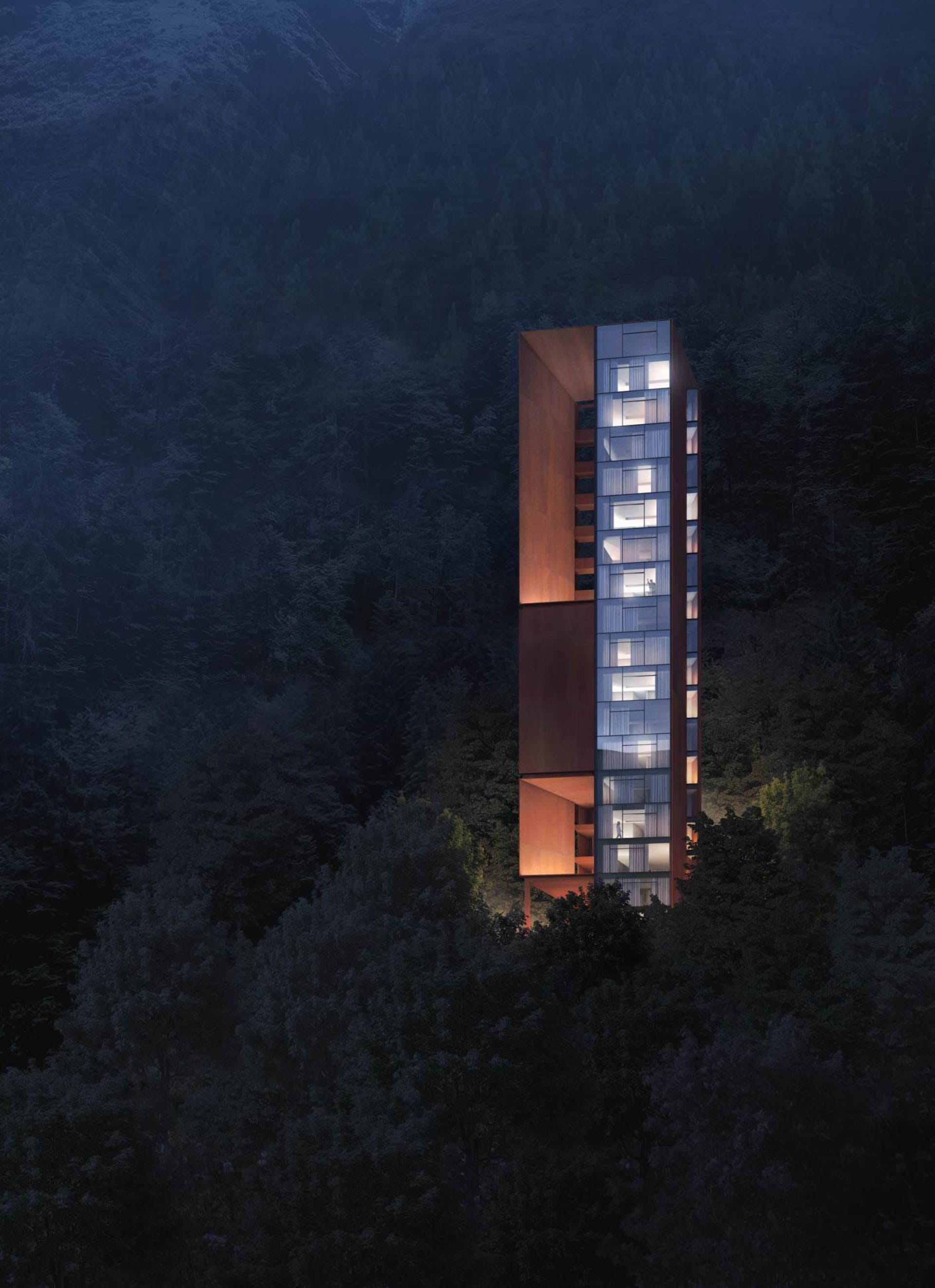
I switched to V-Ray because it ran inside SketchUp as a plugin and did ambient occlusion really well. I was really excited about ambient occlusion back then.
Alex Hogrefe, Design Distill and Visualizing Architecture
How did you create renders before V-Ray for SketchUp?
I started out using a free program which worked well with SketchUp. This was at a time when I was just getting into computers so I didn’t really have high standards for the render engines. However, I quickly realized that the software was limited in features and wasn’t being developed at a fast enough pace. I remembered that I switched to V-Ray because it ran inside SketchUp as a plugin and did ambient occlusion really well. I was really excited about ambient occlusion back then.
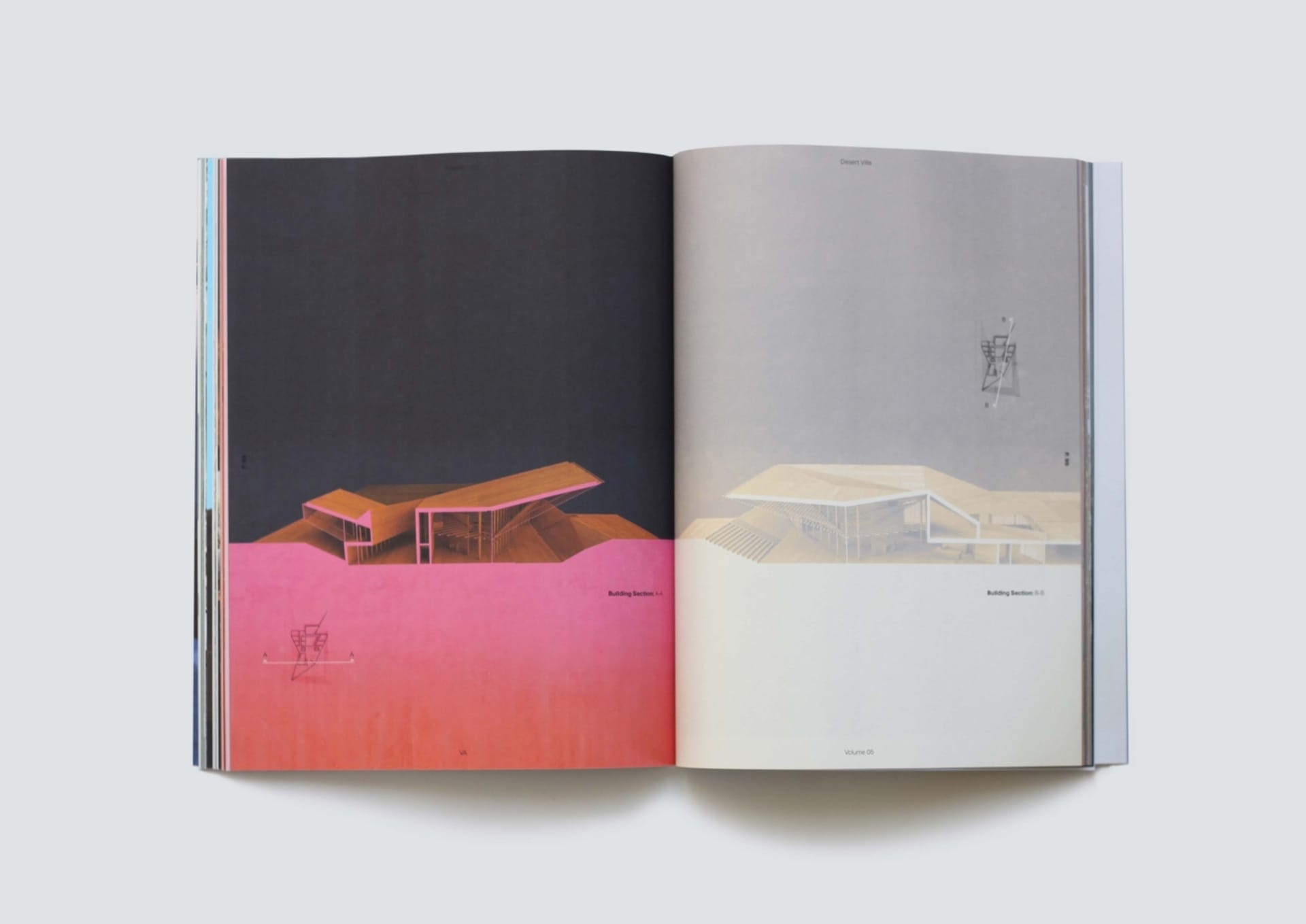
It doesn’t take long for us to get new staff up and running with the SketchUp and V-Ray workflow.
Alex Hogrefe, Design Distill and Visualizing Architecture
What are the advantages of V-Ray for SketchUp for architects and smaller arch-viz studios?
For our viz office, Design Distill, it is the speed of training. It doesn’t take long for us to get new staff up and running with the SketchUp and V-Ray workflow. Also, because we are a small viz office that does not outsource anything, we need to build, texture and light up models quickly, especially our large urban planning projects. Using a SketchUp and V-Ray workflow gives us that speed while providing all the advanced rendering options that a viz studio like us requires.
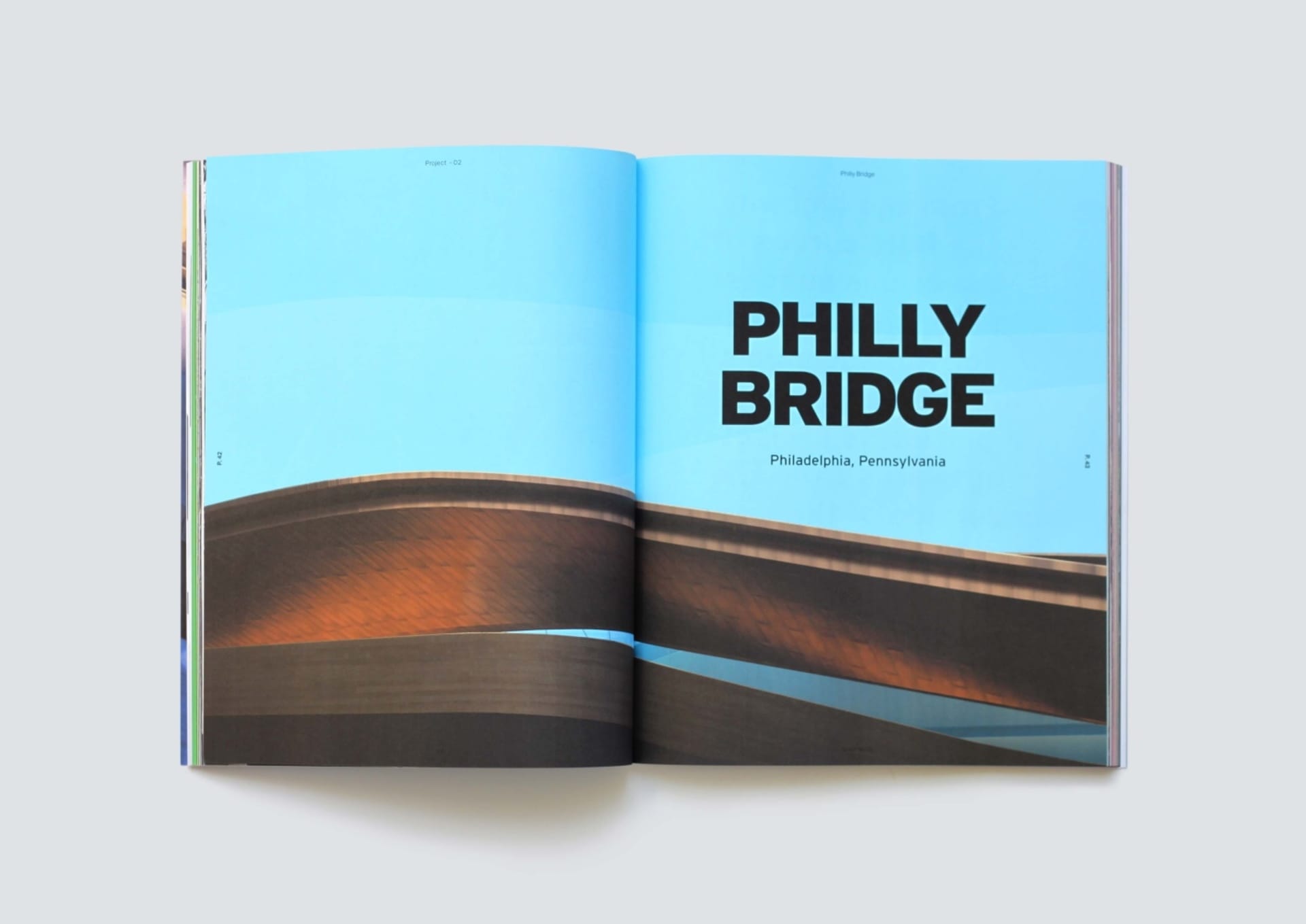
Where do you see arch-viz going in the future?
That is the million-dollar question that I think every arch-viz artist wants to know. There is a lot of discussion about how the deliverables will shift: Perhaps less 2D renders and more VR-type experiences. I tend to think more about how our roles as artists will change over time. It seems inevitable that in a relatively short amount of time software will take on more of the heavy lifting in all aspects of arch-viz and the artists will need to know less about the technical stuff and more about the human elements such as narrative and composition.
A.I. will start to insert itself in different parts of the rendering process and the base-level quality of architectural illustrations will continue to rise with photorealism becoming easier and easier to obtain. I feel like things will shift from who can make the most real image to who can tell the best story. Again, the human qualities of an image will become more important.
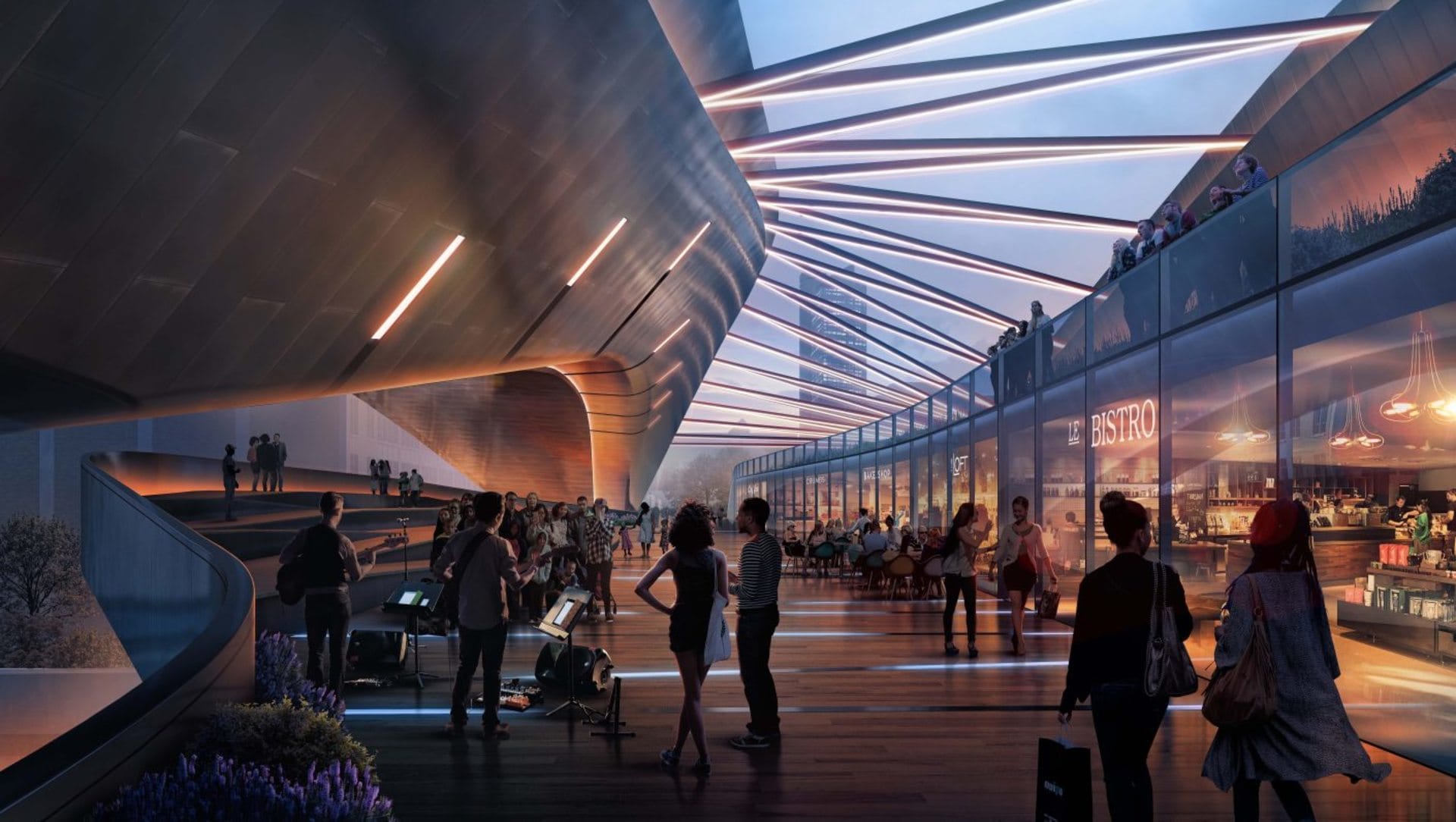
Is there any essential advice you’d give to anyone starting out with V-Ray for SketchUp?
My first suggestion is to take advantage of the interactive render options to dial-in textures and lighting. A lot of students and artists just starting out don’t think to use interactive rendering as a way to help build textures and setup light while they are working. It seems obvious to us in the industry, but still many think of rendering as something that only happens more towards the end of the process.
I would also suggest that those just starting out to take a balanced approach to render and focus on fundamentals. While it is tempting to get lost in tutorials and settings, it is important to always think about big-picture ideas such as what the image is trying to say and how it is composed. Thinking about the human side of images helps guide where to spend time on the technical side.
Want to turn your arch-viz projects into breathtaking renders? Try V-Ray Next for SketchUp for 30 days.



